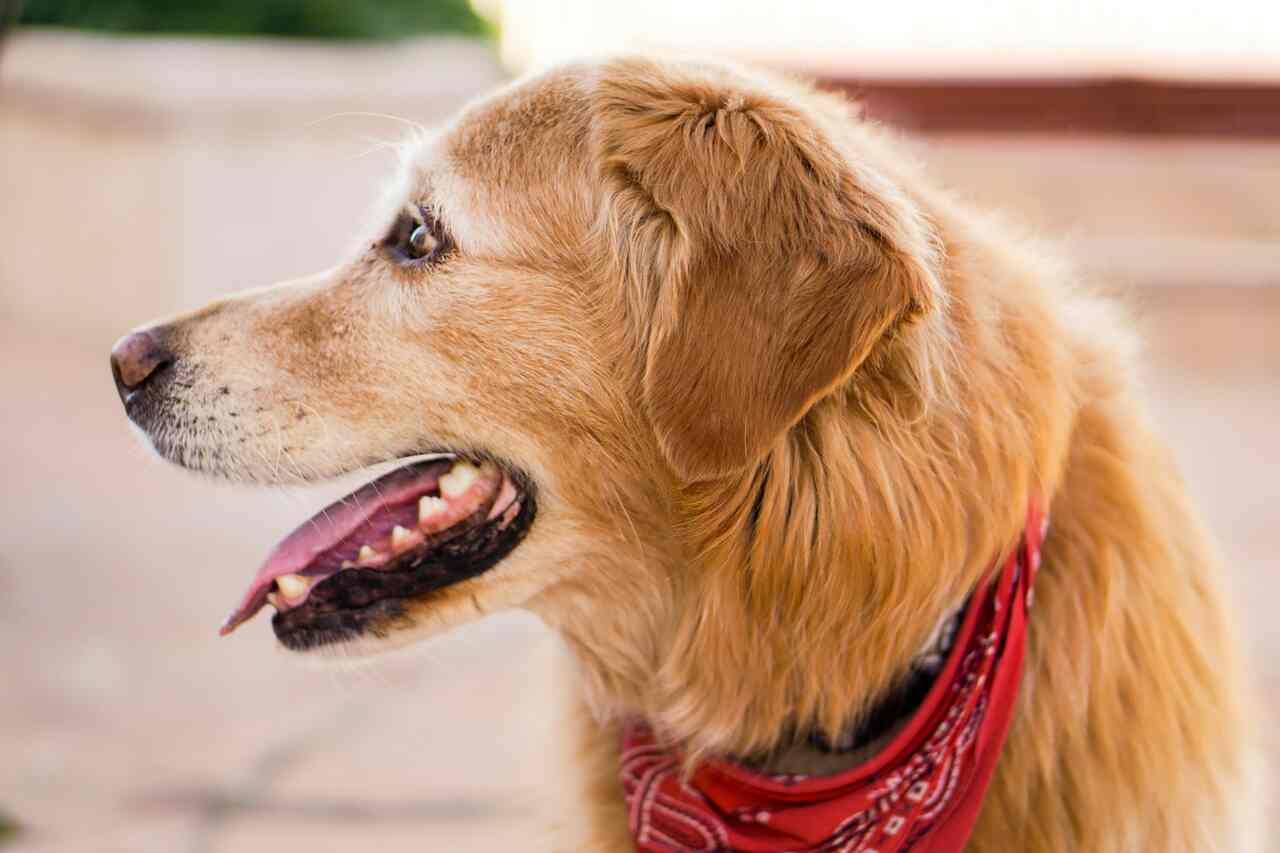
Which pet owner doesn’t want to see their four-legged friend live longer and healthier? An area often neglected but of utmost importance is the oral health of pets.
+ Cute video: 2-year-old boy and crow are best friends
+ This video featuring a massive pack of corgi dogs is the cutest thing you’ll see today
Dr. Clarisse Teixeira, specialized in oral health at the Taquaral Veterinary Hospital in Campinas, highlights: “Preventing oral diseases not only ensures fresher breath but also protects against serious complications.”
Regular brushing is essential, and nowadays there is a variety of brushes and toothpastes specifically designed for pets. “They do not require rinsing and are safe even if ingested, which is ideal for animals with food sensitivities,” explains Dr. Clarisse. The habit of brushing allows owners to conduct regular inspections, identifying any sensitivities or irregularities in the animal’s mouth early on.
Silent threat
Around 85% of dogs develop periodontitis by the age of two to three years. This disease results from the deterioration of the tooth’s protective epithelium, bone decline, and can lead to tooth loss. “Periodontitis starts with dental plaque and can progress to more serious conditions if left untreated,” warns the veterinarian. Bad breath, one of the first signs, arises due to sulphurous gases produced by bacteria.
According to Clarisse, oral infections can cause significant pain during chewing, making eating difficult, causing gum bleeding, gum recession, exposure of tooth roots, and inflammation of the mucosa. These problems lead to weight loss and decreased quality of life for the animal. Even more alarming is the possibility of oral bacteria spreading to other organs, causing systemic diseases such as bacterial endocarditis and kidney and liver problems.
“Therefore, bad breath and difficulty eating are extremely important warning signs, indicating to the pet owner the need to seek medical attention,” emphasizes the doctor.
Diet and prevention
The veterinarian warns that a low-carbohydrate and well-balanced diet is essential. Such diets are advised by nutritionists or veterinary nutritionists. Pelleted diets (in granules) contribute to the mechanical removal of dental calculus. The doctor warns: “Avoid giving bones and hard objects to pets, as they can cause dental fractures.”
Breeds and older animals
Dr. Clarisse stresses that brachycephalic breeds and small breeds require extra attention due to their predisposition to periodontitis. She emphasizes the importance of regular visits to the veterinarian for detailed oral examinations. “Older animals, with comorbidities and immunodeficiencies, are particularly vulnerable to oral infections and their systemic complications,” she adds.
Myths
According to the veterinarian, there are two common myths that need to be clarified: the irrelevance of brushing routine and the use of human toothpaste, which is toxic to animals. She also emphasizes the importance of dental prophylaxis and tartarectomy under general anesthesia, supplemented by dental X-rays to assess the health of the teeth and oral cavity.

